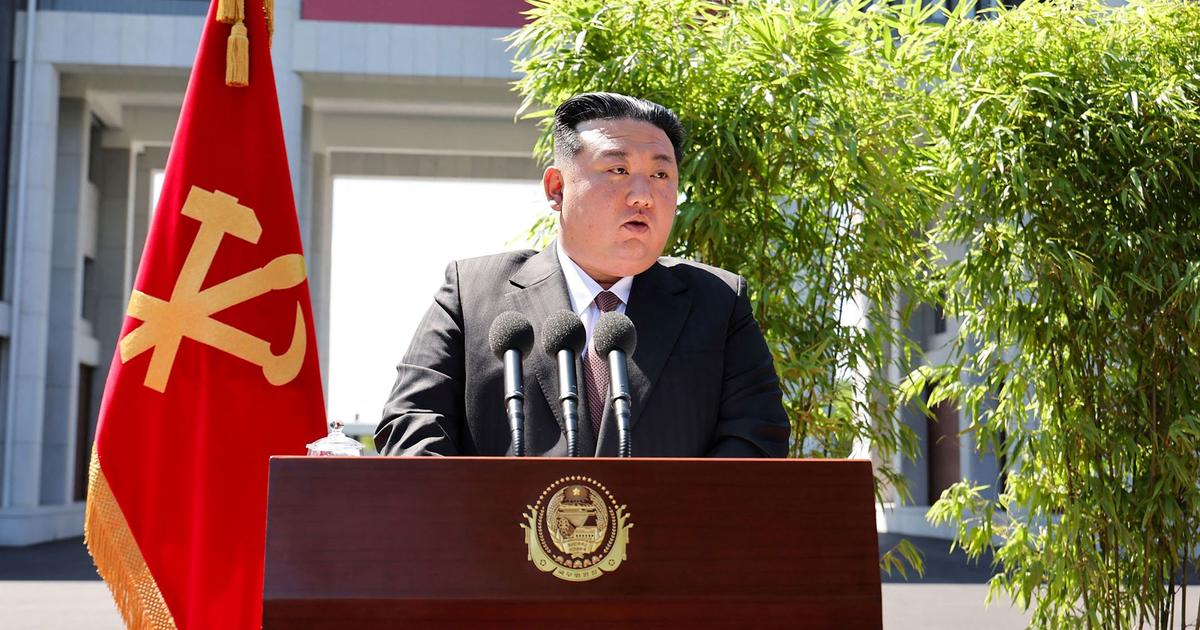North Korea Escalates Tensions with Balloons Filled with Trash
In a bold and provocative move, North Korea has launched approximately 900 balloons filled with various forms of waste into South Korea beginning last Tuesday. These waste-filled balloons, released under the guise of 'retaliation,' have been a source of both annoyance and disdain among South Korean authorities. The materials found in these balloons include cigarette butts, plastic, paper pieces, animal excrement, and used batteries, posing potential hazards to public health and safety.
According to the South Korean Joint Chiefs of Staff, the most recent surge saw around 600 balloons identified on Sunday morning. These balloons were carried by winds into northern provinces, including the bustling capital Seoul and the adjacent Gyeonggi region, impacting nearly half of South Korea's population.
Despite the relative harmlessness of the waste in terms of dangerous substances, South Korean authorities have condemned the actions as 'low standard' and 'irrational.' The Ministry of Unification has warned of possible countermeasures if Pyongyang does not halt these provocations. Seoul has issued public alerts, urging residents to avoid contact with any unidentified objects and to report them immediately to the authorities for safe disposal.
The History of Balloon Warfare Between the Koreas
North Korea's balloon operations are not a new phenomenon but a response to similar practices by South Korean activists who have been sending anti-Pyongyang propaganda leaflets and other materials across the border for years. North Korea claims that these balloons are 'sincere gifts,' a tit-for-tat response meant to counter the psychological warfare they believe South Korea is waging against them.
High-ranking officials like Kim Yo Jong, sister of North Korean leader Kim Jong Un, have defended these actions, stating that it is a form of 'freedom of expression.' On the other side, South Korea perceives these actions as petty and baseless provocations. Minister of Defense Shin Won-sik has labeled them 'unimaginably petty and despicable,' highlighting the serious concern these wasted balloons pose.
In addition to launching waste-filled balloons, Pyongyang has attempted to jam South Korean GPS signals, although these efforts have not significantly disrupted military activities. The situation exacerbates as joint military exercises between the United States and South Korea continue, further inflaming tensions in an already volatile region.
- South Korean parliamentarians, in an effort to curb provocative actions, passed a law in 2020 criminalizing the sending of leaflets to the North. However, this law was overturned by the Constitutional Court in 2023 due to challenges based on freedom of expression. Consequently, activists continue their operations despite high risks.
- North Korea's reclusive nature maintains strict controls over information and foreign materials. Any breach, such as the inflow of USB sticks containing K-dramas or South Korean news, is met with severe punishments. These socio-cultural tensions feed into the broader political struggles between the two nations.
- Photographs released by the South Korean Joint Chiefs of Staff display significant debris from the balloons scattered across roads and sidewalks. These visuals underscore the considerable cleanup effort required and the strain on resources to manage both public safety and environmental integrity.
- The international community observes these developments with interest, considering the implications for regional stability. The United Nations Command is cooperating with South Korea to analyze the contents of the fallen balloons and ensure rapid response measures to mitigate any potential risks.






